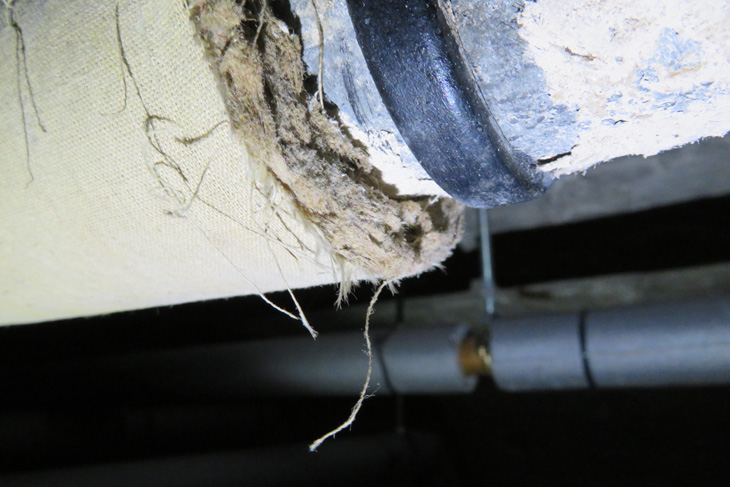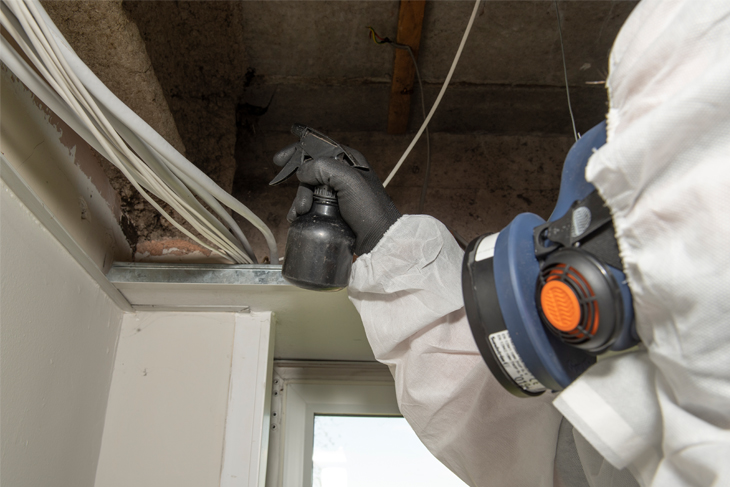January 30, 2022 / By admin
Director of Environmental Management Solutions, Jamie Perkins-Best, visited the team in our Gloucester Office to deliver a very informative Asbestos CPD presentation.
Jamie highlighted some surprising figures and statistics regarding asbestos in the UK.
We were shocked to learn that asbestos is still the UK’s highest occupational killer, although the good news is that there are finally signs of a decrease in deaths from this commonly used building material.
Asbestos is a fibrous mineral ore, which occurs naturally and is mined from the ground. It was used extensively in construction from around 1890 and throughout the twentieth century because of its versatile qualities. Asbestos fibres are very thin and lightweight, yet strong. It also does not conduct heat or electricity well, making it excellent for insulating against electrical currents and heat loss, this is why it was so commonly used for fire protection and thermal lagging of pipes.

Asbestos was also cheap to mine, is non-reactive to acids, repels water and does not degrade over time. Asbestos was a valuable and versatile construction material, which is why it is still so prevalent in buildings built prior to 2000 today. Asbestos was widely used in construction materials for various purposes e.g. flooring, walls, ceiling, roofs, heating systems, etc.; even toilet cisterns could be made of asbestos containing material. However, the health impacts of its legacy are continuing to be felt. Exposure to asbestos can cause causing incurable diseases such as asbestosis, lung cancer and mesothelioma.
Incredibly, asbestos related deaths still amount to 14 people every day. Although the vast majority of the deaths are in males who worked directly with the material, there are even cases of women developing diseases just from washing their husband’s work clothes. Asbestos use was not banned in the UK until 1999 and it is still being mined and used in other countries, including, Russia, China and Brazil.
Asbestos can be found in any industrial, commercial, public or residential building built or refurbished prior to the year 2000. There is also a common misconception that a building is ‘too old to contain asbestos’. An 18th century building for example, will, without doubt, have been refurbished during its lifetime, and therefore any building, of any age, constructed pre-2000 must be considered to contain asbestos.
All this information reiterates the importance of a professional asbestos survey being undertaken on any property constructed prior to the year 2000 and whenever the presence of asbestos is suspected. This should be undertaken by a competent professional and it was recommended that they hold UKAS accreditation.

As Architects our role is to ensure that the potential for asbestos to be present is considered from design stage onwards and that all building, refurbishments and demolitions implement the appropriate level of surveys.
Thank you to Jamie at Environmental Management Solutions for this valuable update.
